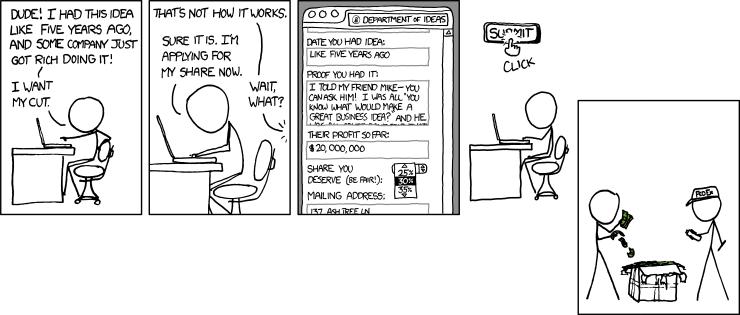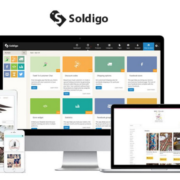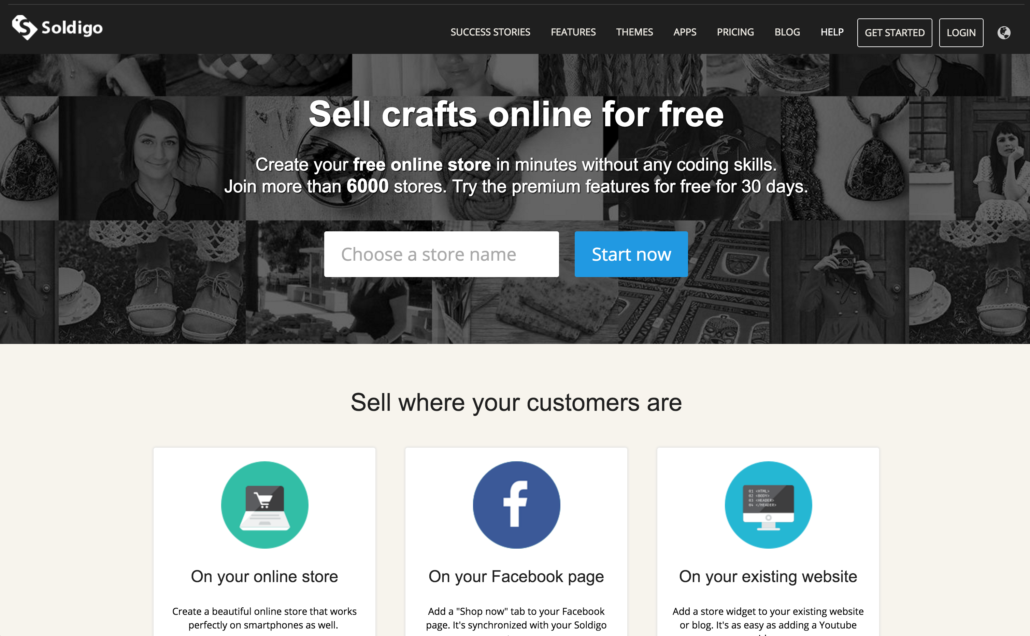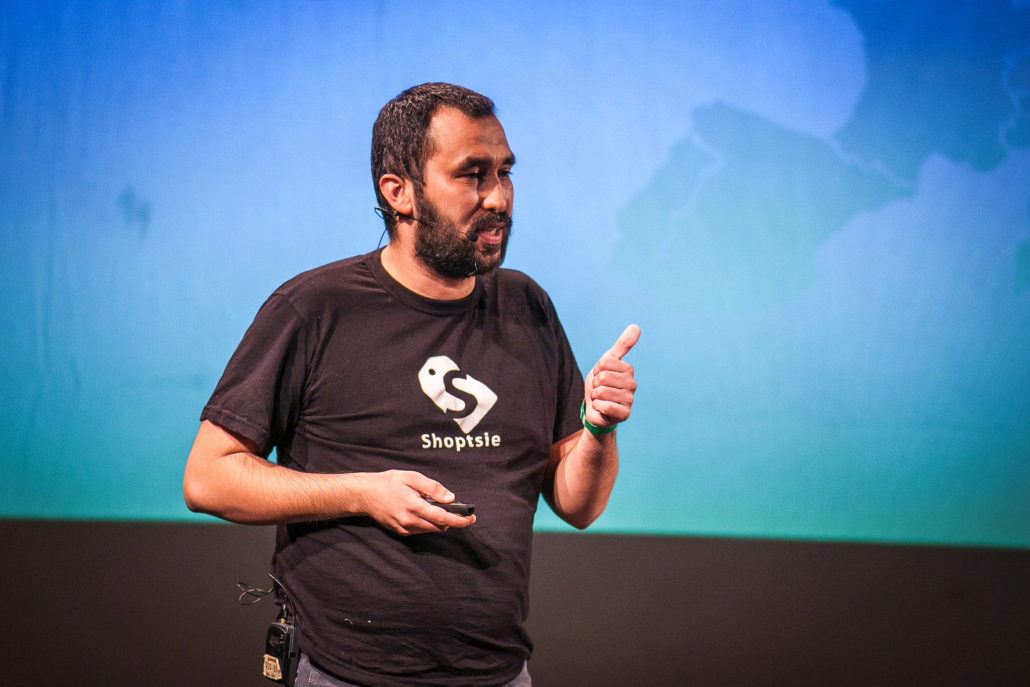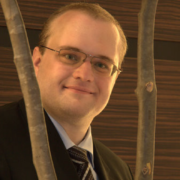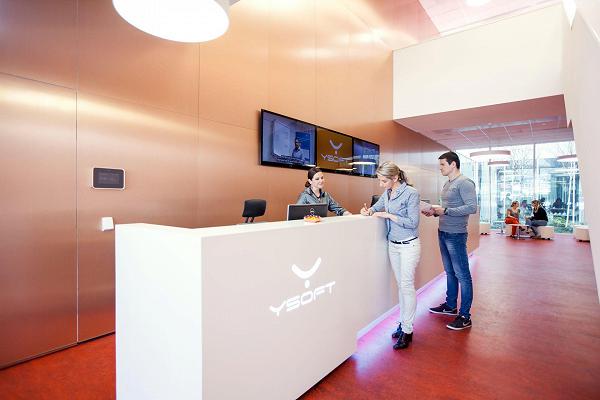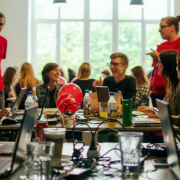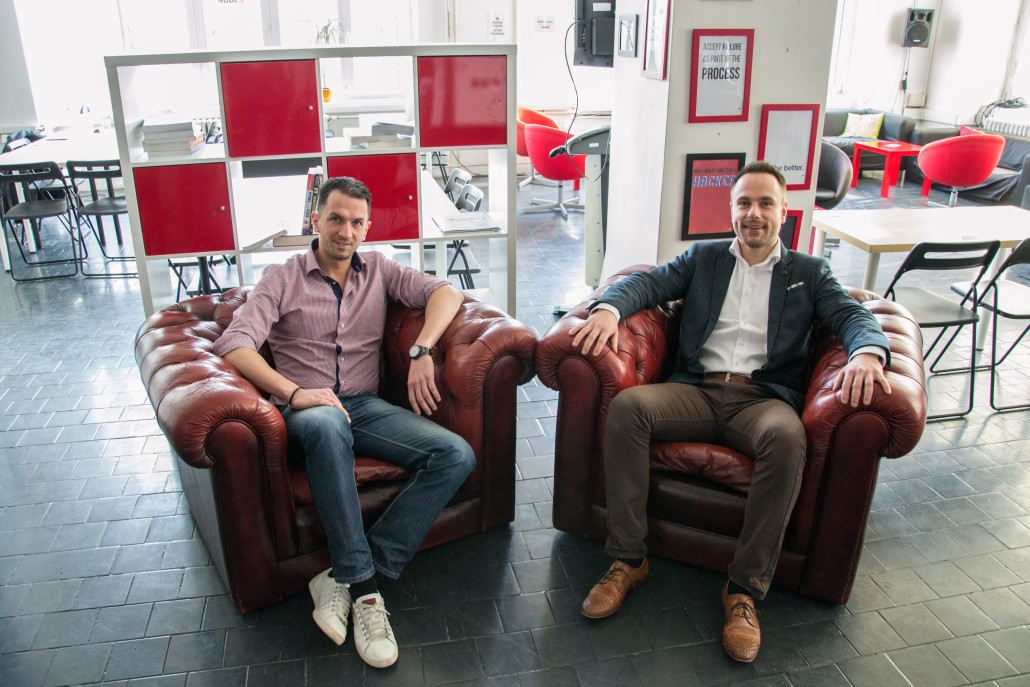Startups: It’s Time to Think Pricing. Here’s How.
Out of 7 startups that joined us just a few weeks ago for StartupYard Batch 7, only 2 are currently selling a product to real customers. Those 2 have just a handful of customers each. Most of our startups are very early stage; you have to have something to sell, before you can sell. But it surprises many of them how early it pays to think pricing.
While we expend days and weeks and months of effort discussing features and USP, design and everything else, it’s surprising to me how difficult it really can be to talk to startups about pricing. Talking about pricing is kind of hard. People don’t want to think about it. They panic at the thought of raising prices, and they cower in fear of having prices too low. It can be a rollercoaster.
Of course, pricing is a sensitive subject. As Tom Whitwell writes in his insightful medium piece on pricing psychology, “Prices are a shortcut to our most sensitive emotional responses.” Pricing is a deeply primal part of consumer psychology, and as Whitwell shows, leaves consumers surprisingly, sometimes shockingly, susceptible to manipulation or suggestion.
I suggest you go and read that piece: The First Rule of Pricing, to find out why. I’ll wait.
…
Hello! Now that you’re back, this piece is going to build on Whitwall’s, to talk about what all that means for early stage startups, and how they should actually approach pricing their products for the first time, or through the first few iterations.
Your Customers Don’t Know What They Want (Or How Much They Would Pay)
As Malcolm Gladwell explored in his best-seller Blink, and associated Ted Talk “On Spaghetti Sauce,” it has been known in retail since the early 1980s that optimum sales results could not be achieved by finding the ideal single product and price point. For decades, product companies had been simplifying their offerings in the hopes of reducing costs while optimizing their sales around best-selling lines of products.
The logic was simple. The attractiveness of products could be graded on a bell curve. An ideal point was where most customers would be willing to buy, whether or not any of them were completely satisfied. Simple product lines also made advertising easier, reducing the need to target advertising to specific audiences, because increasingly, products were targeted at the vast middle of the market.
As he explains, beginning in the early 80s, big food companies, and later other product companies, discovered that this tendency to optimize around single products was hurting their profitability. Instead of selling one popular product that was a mix of the qualities most customers wanted, producers began to develop products that catered to “clusters” of customers who had distinct preferences.
Importantly, research showed that customers were not well equipped to predict what they would enjoy or what they would buy. As Gladwell notes, “For years and years, the standard practice when you wanted to find out what customers would want to buy… was to ask them.”
But customers routinely used experience as a reference point for future behavior. People are bad at imagining a future that isn’t similar to the present. Likewise, they are not good at predicting their future behaviors, because they assume their behaviors will remain consistent.
Experimental field research discovered that “hidden preferences” in consumer behavior were powerful, and almost completely unknown. By testing products with “value added” features, researchers found that price tolerance was much more flexible than previously believed.
For example, about ⅓ of US consumers enjoyed “Extra Chunky” spaghetti sauce. And yet no major brand offered such a product. Customers failed to state, when asked, that they wanted “chunky spaghetti sauce,” but experiments showed that when given the choice, they readily bought it and paid more for it.
Think Pricing
The post 80s flourishing of product segmentation was slow to be adopted for the digital economy. Driven by the technical difficulty of offering and maintaining more diverse product offerings at different pricing points, and the difficulty of marketing each individually in the online space, software and online companies often adopted the old model.
But today, tiered pricing has seen a major comeback. Customers are again comfortable with the concept applied to digital products. Thus instead of we have “9.99 for Standard, 14.99 for HD,” or the “Good, Better, Best” pricing model, in which features and functionalities are limited or exclusive to different products.
So what does this mean for your own pricing? First, there is no optimum pricing strategy- at least not in the sense that most startups tend to think. There is no perfect price, but rather a continuum of price and feature combinations, into which most customers fall somewhere. The work of a product company is to identify where pricing and feature expectations align for different categories of customers– what Gladwell calls “clustering.”
If you aren’t consistently testing the limits of your pricing and the feature expectations of your customers, then you will likely leave money on the table. Whitwell uses the example of The Times of London. Beginning in 2014, The Times began asking customers whether they would pay X amount for different combinations of features. They produced a range of prices and feature sets, to test different “flavors,” of plan to sell to their customers.
What they found shocked them. Although a minority of their customers would choose to pay more for certain features, the actual revenue to be gained from offering those features at a different price point far outweighed the lower number of paying users. They found that customers would gladly pay up to 3 times more than they currently did to retain only a portion of the same features they enjoyed at the old price. By throwing in features that customers had not needed at lower price points, The Times had co-opted its ability to upsell those features later.
The Freemium Trap
“Freemium” is generally taken to mean a product which can be used free of charge indefinitely, but which is limited in comparison with a premium version, either in offered features, or capacity (such as storage), or in other ways.
It’s not always a bad idea to have a Freemium model. Particularly, products that provide a long-tail value that is hard to see at the beginning may have to be freemium. Most casual games use freemium these days. Dropbox is also a freemium service, which makes sense, because customers typically don’t have a need to buy up to 1TB of storage in one go- instead, they collect data slowly. Slack is another example: a small team doesn’t always need unlimited message history, storage, and all the bells and whistles on day one.
It’s hard to get someone to pay for something of uncertain value. It’s even harder to get someone to pay for something for which a ready and free replacement already exists.
But on the other hand, many, many startups who use a freemium model shouldn’t. When you provide a product aimed at customers who easily understand the value, and who moreover really need what you offer, then offering them a Freemium experience may simply be giving them a handout. And addicting your customers to the free product can make it even harder to sell the Premium version.
One of our startups, 2016’s Satismeter, experienced exactly this problem. As Co-Founder and CEO Ondrej Sedlacek told me recently:
“Switching from a freemium model to free trial and ditching cheaper plans was a big improvement for us. The truth was that people who needed our product were ready to pay for it.
Freemium ended up being a barrier to selling to some customers, because they would get used to just making do with the free version. When we eliminated our free plan, we saw only a slight reduction in signups, and we increased sales overnight. Plus, free users were ironically the most demanding for support. Paying customers invest their time to understand the product and set up the whole process to get the most value out of it”
Customers who understand your product’s value are inherently better customers in the long run. Attracting people who don’t believe in your product might be necessary at the beginning, but it should be viewed as a means to an end.
Price is about Positioning
In his piece, Whitwell calls attention to this with reference to Apple (itself discussed in another piece: Why You Should Never Ask Customers about Price). When unveiling the iPad, for example, Steve Jobs had basically two options, assuming that he couldn’t actually change the price of the product significantly.
First, he could sell the iPad as an expensive version of the iPhone (something many internet trolls did anyway), or second, he could sell the iPad as a cheaper and better version of a netbook computer. He chose the latter- making a point to talk about the features of a netbook in comparison with those of an iPad, before revealing the iPad’s original price point- at $999.
Voila: the Ipad wasn’t a very expensive phone. It was instead a cheaper and better netbook- one with all the features of an Iphone, and the power of a real computer.
In pricing psychology, this is called “anchoring,” and it’s hard not to notice once you know what it is. Retailers will routinely display their best selling items next to items which are significantly more expensive, and items that are significantly cheaper, in order to give the customer the feeling that she is getting the best deal.
Often products are offered that are far more expensive than is actually justified by features. The logic is plain enough: a few customers might buy the Deluxe Collector Edition, but it’s really just there to make the more popular product look cheap in comparison. That’s how you get a $10,000 Apple Watch, or a fully loaded Mustang Cobra. Buying the next best thing is almost aspirational- the customer is invested in a product category where prices run very high, giving them a sense that they are in the “big game.”
By the same token, restaurants may list the most profitable wine on the menu in second place, just above the cheapest wine, and just below a significant jump in prices. This plays off of a human tendency to “reality check” prices based on other available evidence. $25 for a bottle of wine seems like a lot if the options are $5, $15 and $25, but it seems reasonable if the prices start at $15, and reach over $100.
In sum, pricing can function as a way of positioning a product in the market. Too cheap, and the product may not be taken seriously enough. Too expensive, and it may flash a warning to a potential customer that the product is simply not for them.
Think About Pricing: Cost and Value
There is no formula for pricing. One of the hardest lessons that many startups learn is that the value of a product as they understand it, can be very different from its value to a paying customer.
Thus, cost and value are only loosely correlated. This is why it costs $10 to use the Wifi in an airport. The cost is negligible, but the value to a traveler is worth the price. Most commonly, startups should learn much more about their own customers, in order to understand the value of their products to those customers.
That doesn’t necessarily mean doing what your customers want. But it does mean understanding what your customer’s needs and priorities really are. Anyone who has angrily paid an obscene price for a bottle of water on a train, or for a dongle they simply must have for their Mac, knows that pricing is correlated with need.
Most importantly: think about your pricing more. It rarely fails that, when asked about their pricing, startups lack key insights that would potentially allow them to make the difference between a profit and a loss. Absent a clear picture of the value of their products to customers, startups simply guess at what people will be willing to pay- and more often than not, they guess wrong.







